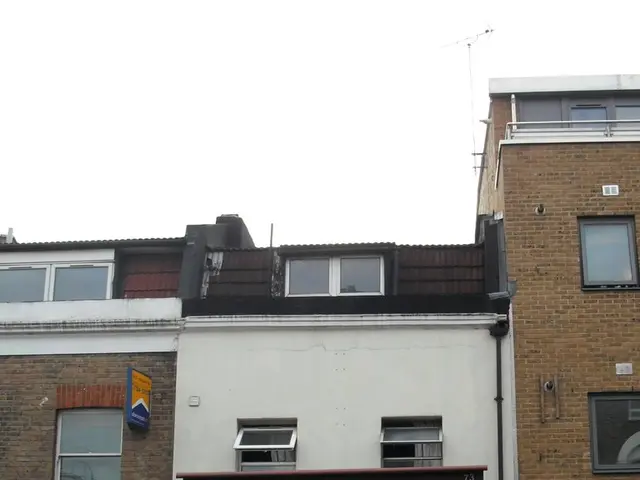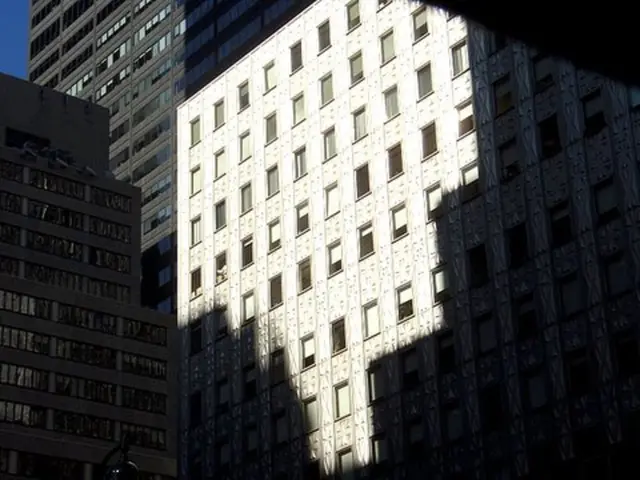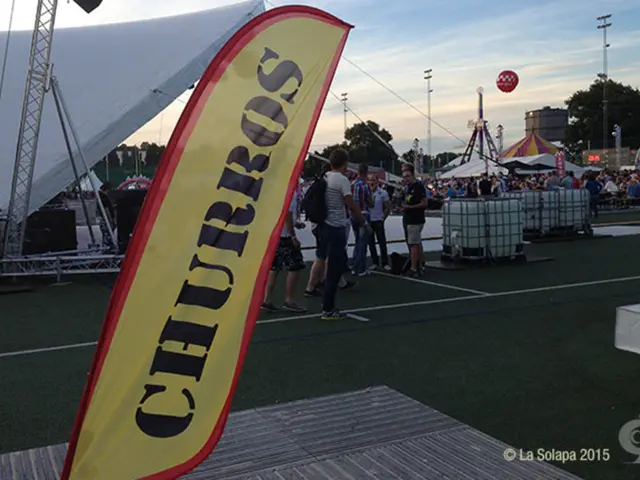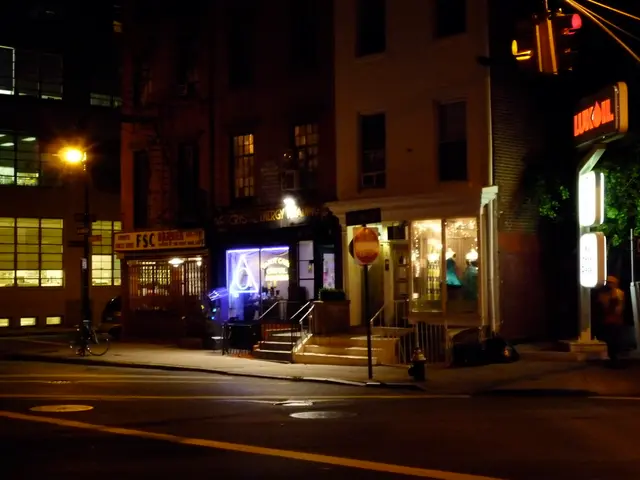New York introduces a novel architectural landmark, a park suspended on stilts, boasting horticultural mastery by renowned design professionals.
In the heart of New York City, nestled between the bustling metropolis and the serene Hudson River, lies a unique gem - Little Island. This public park and arts venue, occupying the space left by three of the old Chelsea Piers, is a testament to the power of harmonious coexistence between nature and artistry.
The brainchild of landscape architect Signe Nielsen, Little Island's landscape is designed with a rich variety of native and adaptive plants, creating a dynamic ecological environment. The park's planting scheme, spanning over hundreds of species, is a mosaic of habitats that attract pollinators and birds, contributing to urban biodiversity.
Signe's vision for the park is evident in the interplay of plants, evoking the flow of movement between dancers. Her favourite area, the Southwest Overlook, the highest point in the park, offers stunning views over the Hudson River. The Northwest Overlook, which faces south and has fewer trees, uses the park's hottest colors such as rich-red Crocosmia 'Lucifer' and bright-orange Helenium autumnale 'Adios'.
The park's planting includes 60 species of bulbs and 42 species of trees, including junipers, cherries, cercis, and conifers. One unique feature is the Moon Garden in the southeast quadrant, filled with only white plants, from white-flowered crape myrtle in spring to white-barked silver birch in winter.
Little Island's landscape is designed for biodiversity, with ecological layering using multiple vegetation layers—from canopy trees to understory shrubs to herbaceous plants—to mimic natural ecological systems and provide habitat complexity. The plants were selected for diverse bloom times and forms, ensuring year-round visual interest and ecological benefits.
Maintaining the park's lush sanctuary is the responsibility of the park's head of horticulture, Orrin Sheehan, and his small but dedicated garden team. Over a ten-month period starting in March 2020, tens of thousands of plants were planted, with a dedicated team planting up to 5,000 plants a week. The seasonal routine begins with early cutbacks in January, followed by lawn care and plant maintenance in the warmer months.
Interacting with visitors who flock to the park eager to learn more about the planting is an enjoyable aspect of the garden team's work. Little Island's design offers a unique blend of nature and artistry, linked by meandering paths and steps that lead visitors through a rich mix of planting, encouraging exploration of every nook and cranny of this dynamic landscape.
With its focus on resilience and ecological performance, Little Island exemplifies a thoughtful, ecologically minded planting scheme fostering urban biodiversity through species diversity and landscape complexity. For more granular details on species and numbers, NYC Parks’ data from their Park Tree Inventory Project or the Little Island project’s landscape architect reports would provide authoritative information.
[1] Source: NYC Parks’ data from their Park Tree Inventory Project or the Little Island project’s landscape architect reports.
- Signe Nielsen, the landscape architect of Little Island, designed a dynamic ecological environment by using a vast variety of native and adaptive plants in the park's landscape.
- The park's planting scheme, comprising over hundreds of species, creates a mosaic of habitats that attract pollinators and birds, thus contributing to urban biodiversity.
- The park's head of horticulture, Orrin Sheehan, and his team are responsible for maintaining Little Island's lush sanctuary, which includes planting tens of thousands of plants over a ten-month period.
- Little Island's design, with its focus on resilience, ecological performance, and species diversity, serves as a model for urban landscapes that foster biodiversity through thoughtful planting schemes.





